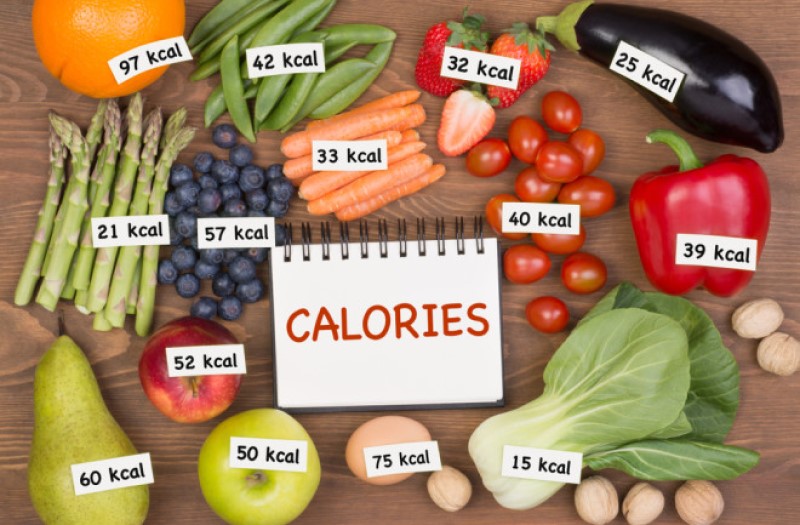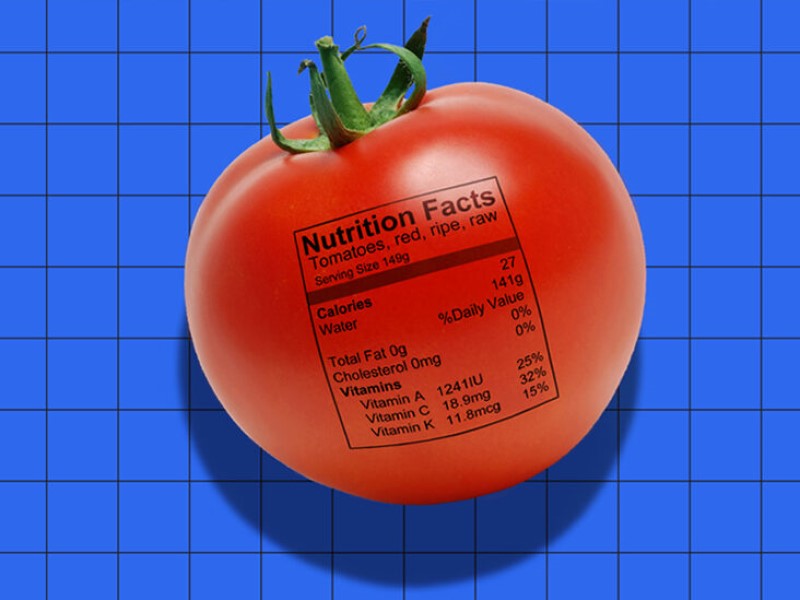Today’s eating and consuming is all about calories. Every other person has become so health conscious that they are very mindful about what they are eating and calculate its nutritional calculations throughout the day, which is kind of great to some extent if done rationally and practically.
Never stress over calories and consume food, as it is going to provide no benefits ultimately when stress is along with taken. But, rather do mindful eating, be smart while picking your food choices, and whatever you know is healthy and right for you, eat it with gratitude and enjoy every bite.
When food is consumed with utmost presence, calm and peaceful mind, it is well consumed and absorbed by the body and provide best benefits and nutrition.
But going with the trend, everyone out there is curious about knowing the calories in the food they eat. With every recipe I post on my channel, the first and most seen comment is to tell the calories in the meal, so to make the job easier for you, I am going to share with you the best technique to know the calories in the food you eat, without any major calculations, software, and stuff.
For estimating the calories you don’t need to use any app or online calculator. Here is a very simple, easy to use chart that will solve that problem for all of you.
This table is prominently used to give a approximate idea about calories in different foods that you eat.
It’s called FOOD EXCHANGE LIST or TABLE.
Basically, a food exchange list is a table that gives you a rough estimate of similarly grouped food items. The term “exchange” refers to the food items on each list that can be swapped out for any other item on the same list. Within each food list, one exchange is roughly equivalent to another in terms of carbohydrate, calories, protein, and fat.
Foods are grouped into 8 categories on the basis of similarities in nutritional composition.
Our food nutrients are classified as macro and micro “Nutrients” As the word says, macronutrients holds the majority of the nutritional portion, whereas micronutrients are the nutrients required in smaller quantities but equally if not more important.
There are 3 Macro Nutrients, which have fixed calorie per gram.

Carbs 1g = 4 calories ( 1*4)
Protein 1g = 4 calories
Fat 1g = 9 Calories
And micronutrients could be the essential vitamins and minerals required by our body.
Other components that we often consume daily but aren’t listed neither under macro nor under micronutrients includes:
- Water = 0 calories.
- Fiber = 0 Calories.
- Tea/ coffee/ herbal drinks = 15 calories ( No sweetener no milk).
- Alcohol 1g = 7 Calories.
This table is the easiest and simplest way out to calculate the calories in your food.
FOOD EXCHANGE LIST

| Sno. | Food | Raw Amount (gm) | Cup Measure | Calories (Kcal) | Protein (gm) | Carbohydrate (gm) | Fat (gm) |
| 1. | Vegetable A (High fiber and water content) | 100 gm | 1/2 cup- 2 cups | 10 | 1 | 2 | |
| Vegetable B | 100 gm | 1/2 cup | 50 | 2 | 7 | ||
| 2. | Milk (Normal) | 250 ml | 1 cup | 180 | 8 | 11 | 10 |
| Milk (Skimmed) | 320 ml | 1.4 cup | 95 | 8 | 15 | ||
| 3. | Fruits | 100 gm | 1/2 cup | 50 | 1 | 10 | |
| 4. | Grains | 20 gm | 1 Roti/Bread | 70 | 2 | 15 | 1 |
| 5. | Pulses and Legumes | 30 gm | 3 tbsp. | 100 | 7 | 17 | |
| 6. | Meat | 40 gm | 2 pieces/1 Egg | 70 | 7 | 5 | |
| 7. | Fat/Oil/Ghee | 5 gm | 1 tsp. | 45 | 5 | ||
| 8. | Sweetener/Sugar | 5 gm | 1 tsp. | 20 | 5 |
Now by the time, you know the content of calories in the food you eat and how to easily calculate it, and the very next question that pops into your mind is: “How much calories should I consume for Weight loss/Gain/ Management?
Then we have the answer to it as well!
Every person need a maintenance calories to survive and ensure better functioning of his/her body. So it can be easily calculated and determined by a very easy formula:

Convert your weight (Kg) into pounds, and multiply by *10.
The number you get is the approximate maintenance calories you need to consume daily.
For example, if a person is of 75kg, then we will convert his weight in pounds; that is 165 pounds. So, 1650 Kcal is the daily approximate minimal Maintenance calories that the person should consume.
